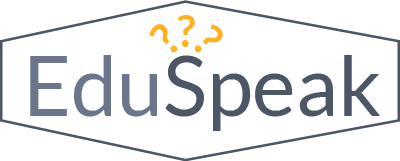Over the last few years, we’ve seen a welcome trend in education—the development and widespread adoption of high-quality instructional materials. But good materials alone won’t lead to student mastery of the standards: students also need excellent teaching. That, in turn, requires the right assessments.
Some of the excellent math and ELA curricula now available include curriculum-embedded assessments (CEAs). Where do these fit into your assessment strategy? Can they replace the array of assessments you use now?
You need summative and interim assessments.
Let’s face it. Even if you wanted to, you probably couldn’t eliminate your end-of-year summatives: they’re mandated by the state. And, while we all have issues with them (stress, lost time, teaching to the test), they do serve some important purposes. Districts and states use them for accountability, evaluation of schools and teachers, or to measure learning outcomes for different student groups.
Interim assessments, too, serve critical purposes that CEAs can’t. (At least, high-quality ones do.) Quality interims help teachers keep students on track to meet end-of-year expectations. They show whether students are on pace to master grade-level standards and, where that’s not the case, provide insights that guide adjustments to instruction.
They can serve these roles because they’re closely aligned to the standards; they are holistic, covering material across units and weaving in the major work of the grade and complex texts; and, like summatives, they include a variety of item types.
Interim assessment data is easily aggregated for useful and efficient analysis. And the fact that they’re given at standard intervals, across classes and grades, means school and district leaders can compare classes or schools, spotting places that need support or pockets of success with lessons to share.
These attributes also make interims valuable as checks on the quality of instructional materials and as PD tools to help teachers deepen their understanding of the standards.
Curriculum-embedded assessments can complement interims.
If summatives and interims do so much, why would you want CEAs, too? After all, they require teachers to spend time grading them, and they don’t provide the insight into progress towards mastery of the standards that interims do.
Because they’re closely tied to the curriculum and occur on a shorter cycle, CEAs offer fine-grained instructional insights that teachers can use to make small, more frequent adjustments to student needs. A key benefit of CEAs is that they perfectly match the curriculum, so you can be certain that what you assess aligns to what you taught.
CEAs come in several forms, ranging from exit tickets to mid-module review questions to end-of-unit reviews and culminating projects. And some types of CEAs can be given as part of routine classwork or homework so they don’t take away from teaching time.
The key to using CEAs well is to limit their use to formative assessment. Where some schools go wrong is when they try to make them serve progress-monitoring or evaluative purposes. Not only aren’t they well suited for those needs, but trying to use them in those ways undermines their formative role by raising their stakes and altering teachers’ incentives.
A smart assessment strategy needs balance.
Quality CEAs can serve a valuable role as short-cycle formative assessments, along with verbal check-ins. But to ensure your high-quality curriculum is matched with rigorous, standards-aligned instruction, make sure your assessment strategy includes quality interims.

